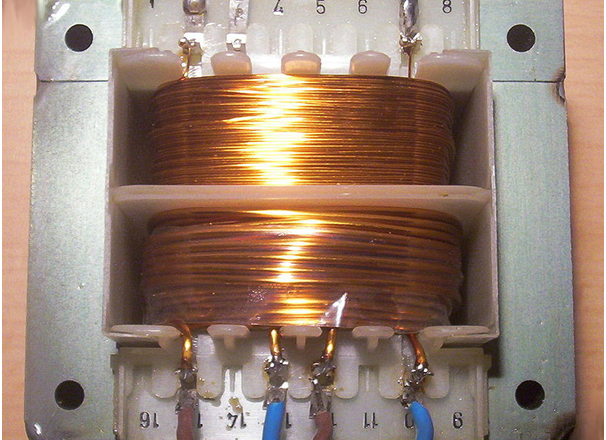Transformer insulation resistance tests should be carried out prior to repair or maintenance and repeated afterwards. This testing is used to check for low-resistance paths between windings or to ground, which can be an indication of deterioration in the winding insulation. It should be performed at or over rated voltage.
A number of variables, including transformer size and type (conventional or toroidal transformer), test voltage, humidity and temperature can affect measurement values. Test data should be saved and values normalised to 20°C for comparison later.
For the safe supply of power, 1 MΩ per 1000 V of applied test voltage plus 1 MΩ is considered acceptable.
Test Procedures
The ground connection to the transformer tank and core should remain intact to ensure they are grounded.
Neutral, low-voltage and high-voltage connections, metres, fan systems, lightning arresters and any control systems should all be disconnected.
Before the toroidal transformer test, jumper together all high-voltage bushings and ensure these are completely clear of all grounded parts and metal. Repeat this process with all low-voltage and neutral bushings, again making sure the jumpers are clear of grounded parts and metal.
Using a megohmmeter, record the resistance measurements between the ground and each set of windings. Insulation resistance can only be measured from the windings if the groundings are removed.
Record the following readings in the megohmmeter for one minute:
• High (H) to low (L) voltage windings and to ground (G)
• H,G
• L,H,G
• L,G
• H,L
Correct readings to 20°C.
A hipot test may be safe if corrected test values are 1,000 MΩ, or at least half of the factory insulation readings.
The Megohmmeter test should not be carried out without transformer liquid as this will invalidate the results. A flashover to ground could also occur if the test is undertaken within a vacuum. Using toroidal transformers will prove more efficient than more conventional units.
There are no minimum values available, however, for compound-filled and dry transformers; resistance values should be compared to those used for rotating machinery (Class A).
For oil-filled voltage regulators and single-phase transformers, the formula IR (1 min 500 V DC) = C (constant 20°C)E (voltage rating) / √ kVA (rated capacity) should be applied. Keep in mind that winding insulation resistance may be affected by oil quality.

